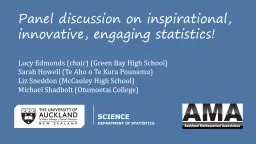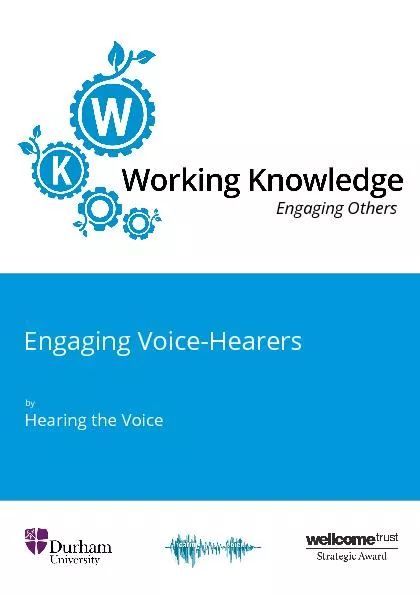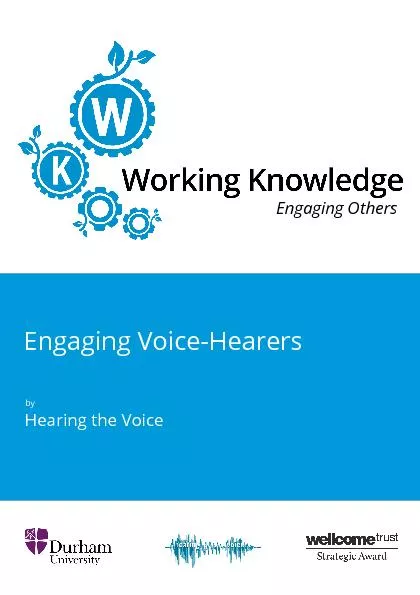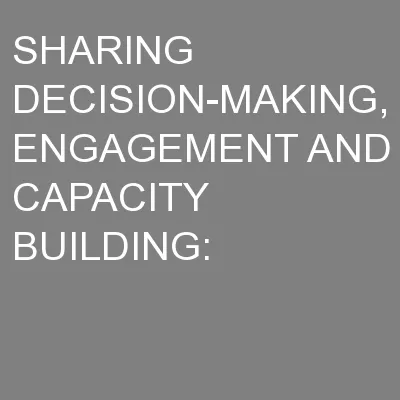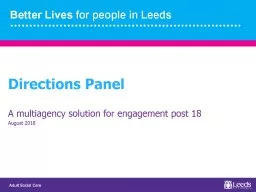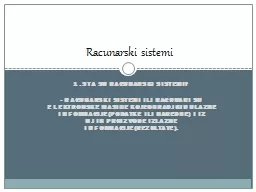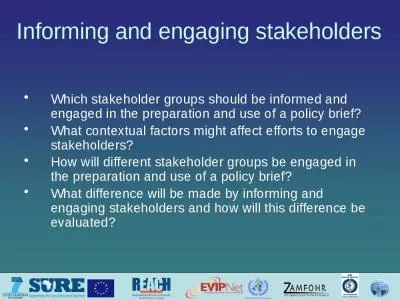PPT-Panel discussion on inspirational, innovative, engaging sta
Author : min-jolicoeur | Published Date : 2017-05-08
Lucy Edmonds chair Green Bay High School Sarah Howell Te Aho o Te Kura Pounamu Liz Sneddon McCauley High School Michael Shadbolt Otumoetai College Inspirational
Presentation Embed Code
Download Presentation
Download Presentation The PPT/PDF document "Panel discussion on inspirational, innov..." is the property of its rightful owner. Permission is granted to download and print the materials on this website for personal, non-commercial use only, and to display it on your personal computer provided you do not modify the materials and that you retain all copyright notices contained in the materials. By downloading content from our website, you accept the terms of this agreement.
Panel discussion on inspirational, innovative, engaging sta: Transcript
Download Rules Of Document
"Panel discussion on inspirational, innovative, engaging sta"The content belongs to its owner. You may download and print it for personal use, without modification, and keep all copyright notices. By downloading, you agree to these terms.
Related Documents

